Earthquakes -> delta
Delta
In science, a delta refers to a landform that is created at the mouth of a river. It is formed from the deposition of sediment carried by the river as the water flow slows down and enters a larger body of water, such as a lake or an ocean. Deltas are often characterized by their triangular shape, with distributaries - smaller channels of water - branching out from the main river channel and depositing sediment as they flow into the larger body of water.
Formation of Deltas
There are several factors that influence the formation of deltas, including the amount of sediment carried by the river, the speed of the river's flow, and the type of larger body of water into which the river flows. When a river carrying sediment meets a body of water with reduced flow or currents, the sediment is deposited, leading to the formation of the delta.
Types of Deltas
There are three main types of deltas based on their formation:
- Arcuate Deltas: These deltas have a triangular shape with smooth curves and are formed in areas with strong tidal currents.
- Birdfoot Deltas: These deltas have a triangular shape with long, protruding distributaries that resemble a bird's foot. They are formed in areas with minimal tides and strong river currents.
- Estuarine Deltas: These deltas are formed in areas with significant mixing of river and tidal currents, leading to the formation of a complex network of distributaries.
Study Guide
Here are some key points to remember about deltas:
- Deltas are landforms formed at the mouth of a river through the deposition of sediment.
- Factors influencing delta formation include sediment load, river flow speed, and the characteristics of the larger body of water.
- There are three main types of deltas: arcuate, birdfoot, and estuarine, each formed under different environmental conditions.
- Deltas are important ecosystems and can be impacted by human activities such as dam construction and land development.
Understanding the formation and characteristics of deltas is important in studying the interactions between rivers and larger bodies of water, as well as the impact of human activities on natural landforms.
[Delta] Related Worksheets and Study Guides:
.◂Science Worksheets and Study Guides Seventh Grade. Earthquakes

 Activity Lesson
Activity Lesson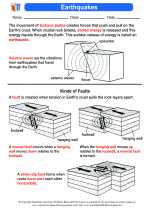
 Worksheet/Answer key
Worksheet/Answer key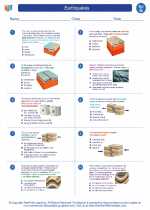
 Worksheet/Answer key
Worksheet/Answer key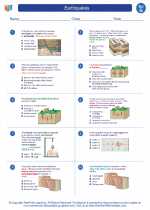
 Worksheet/Answer key
Worksheet/Answer key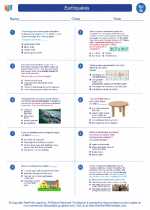
 Worksheet/Answer key
Worksheet/Answer key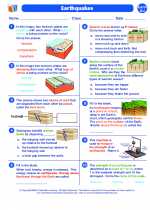
 Worksheet/Answer key
Worksheet/Answer key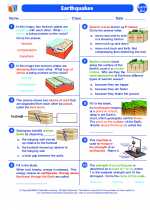
 Vocabulary/Answer key
Vocabulary/Answer key
 Vocabulary/Answer key
Vocabulary/Answer key
 Vocabulary/Answer key
Vocabulary/Answer key
 Vocabulary/Answer key
Vocabulary/Answer key
 Vocabulary/Answer key
Vocabulary/Answer key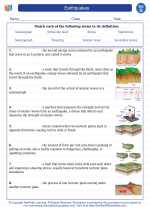
 Vocabulary/Answer key
Vocabulary/Answer key
 Vocabulary/Answer key
Vocabulary/Answer key
